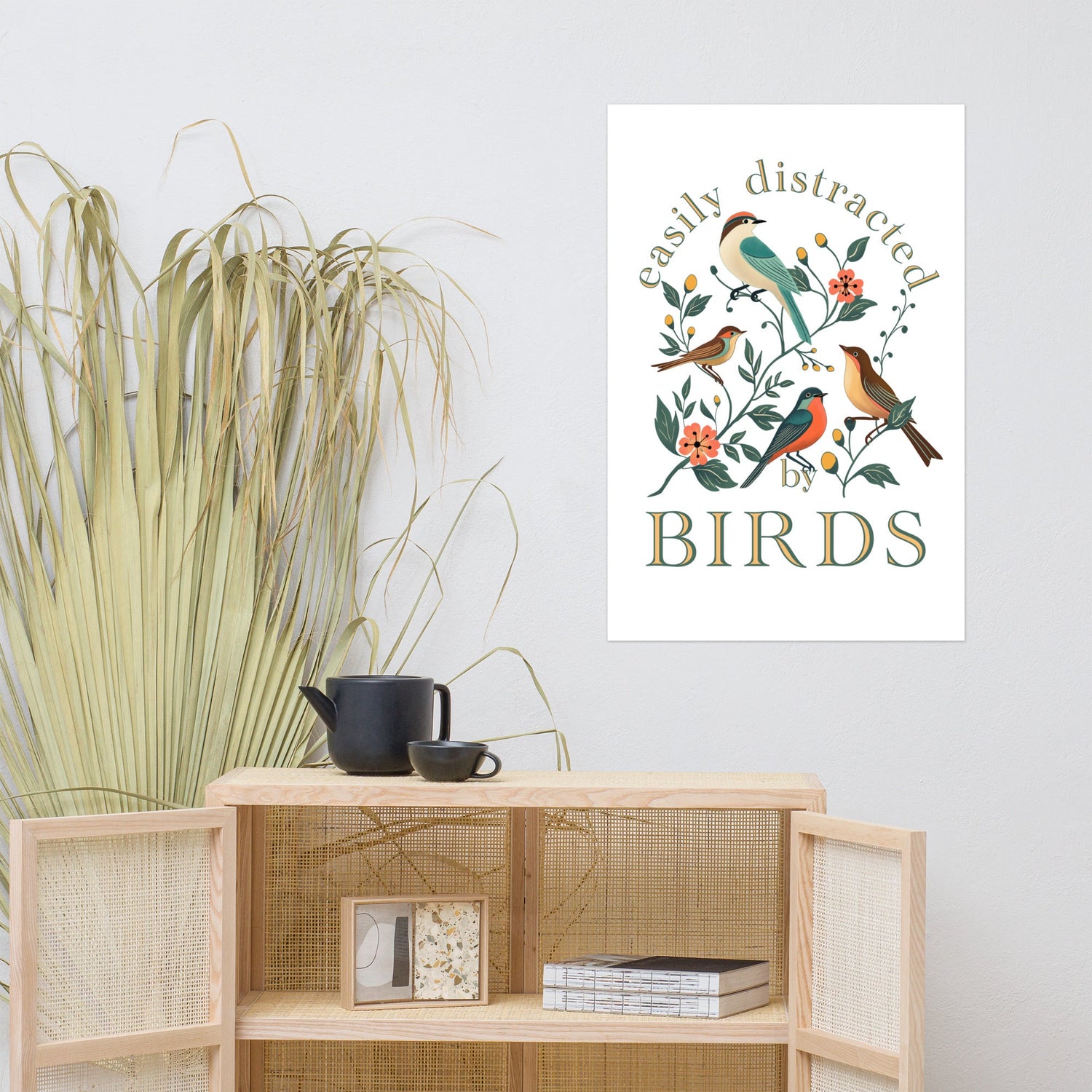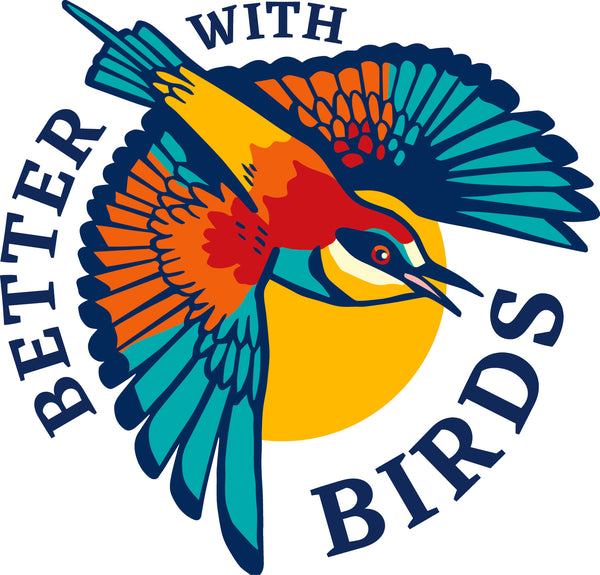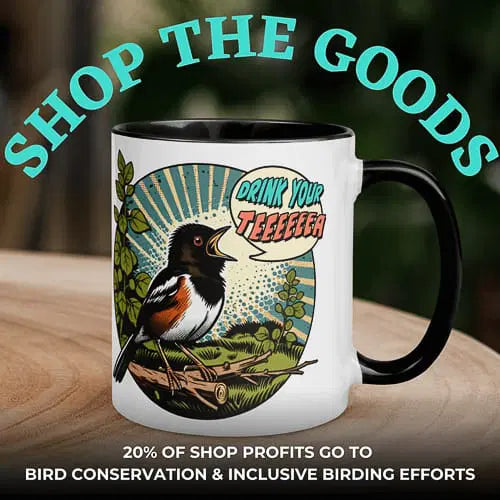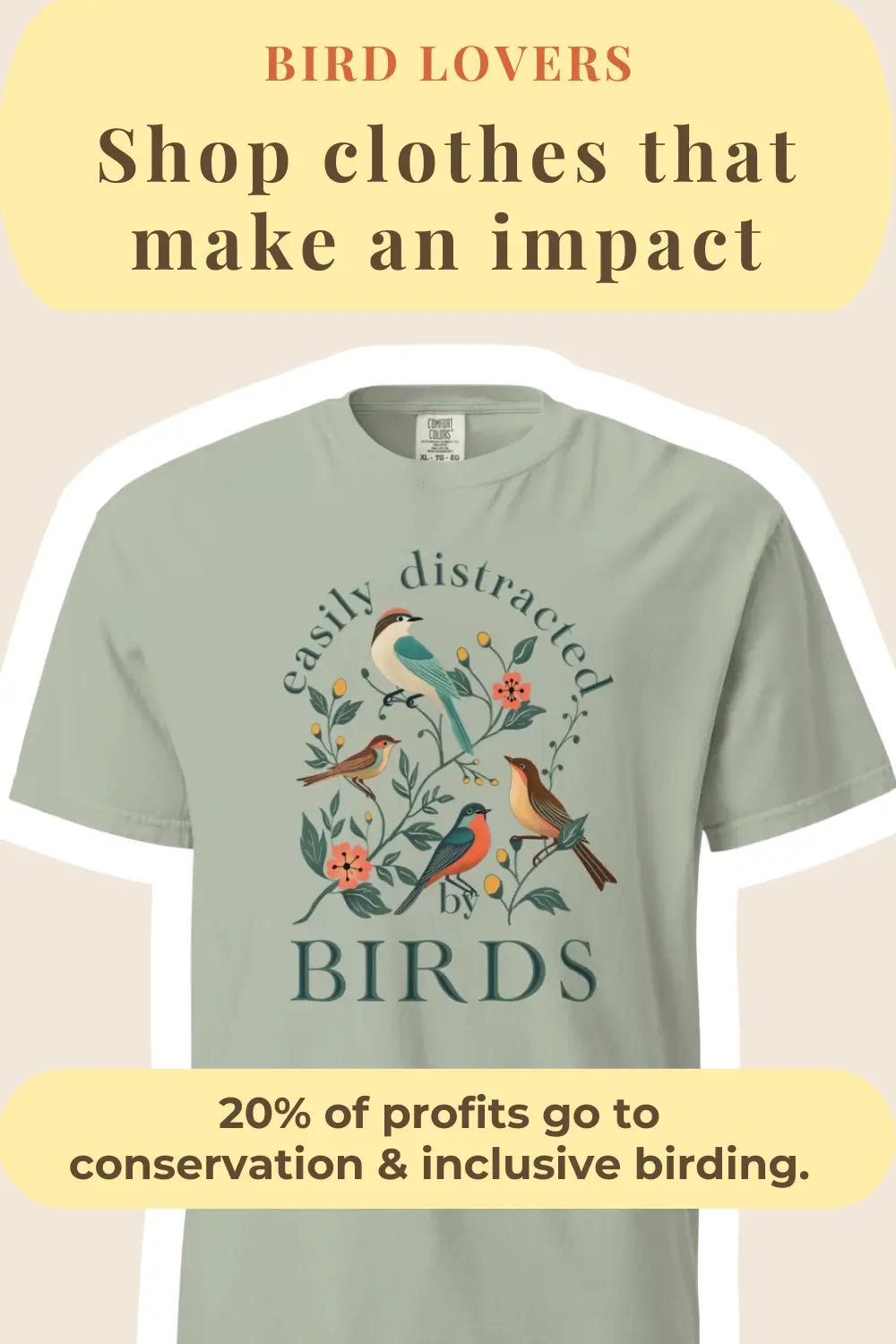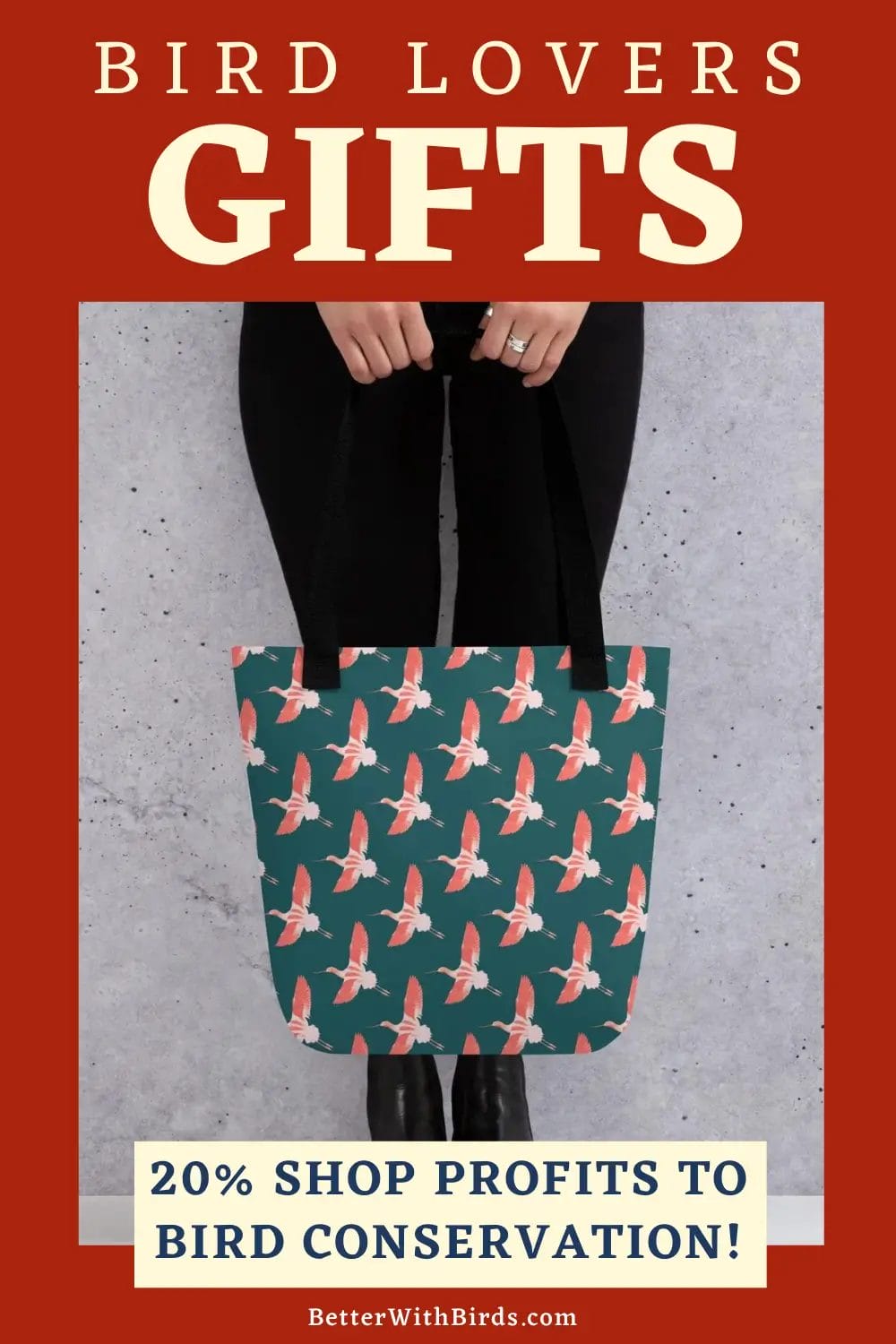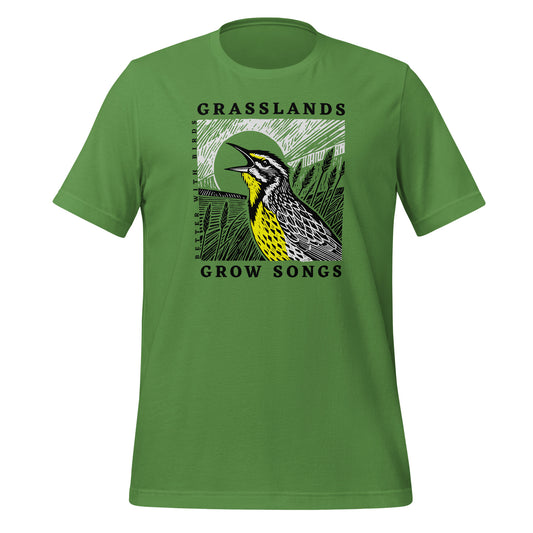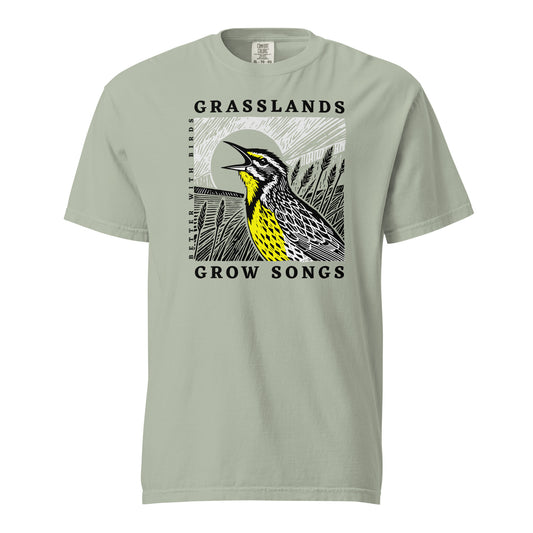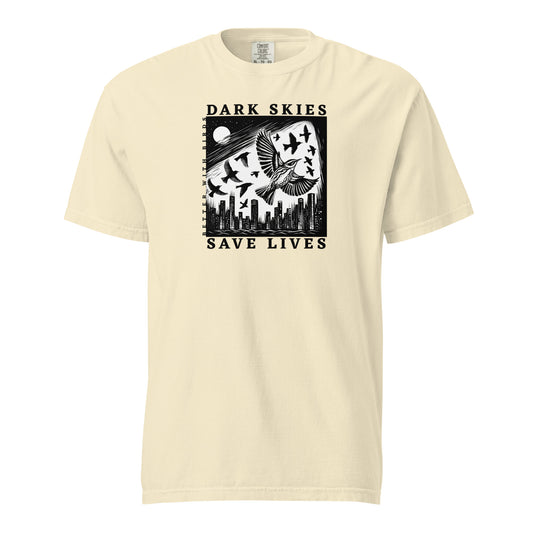Spring Garden Prep to Welcome Back the Birds
Feature photo: Danita Delimont / Shutterstock
Read Time: 9 Minutes
Backyard Birding , Bird-Friendly Yards
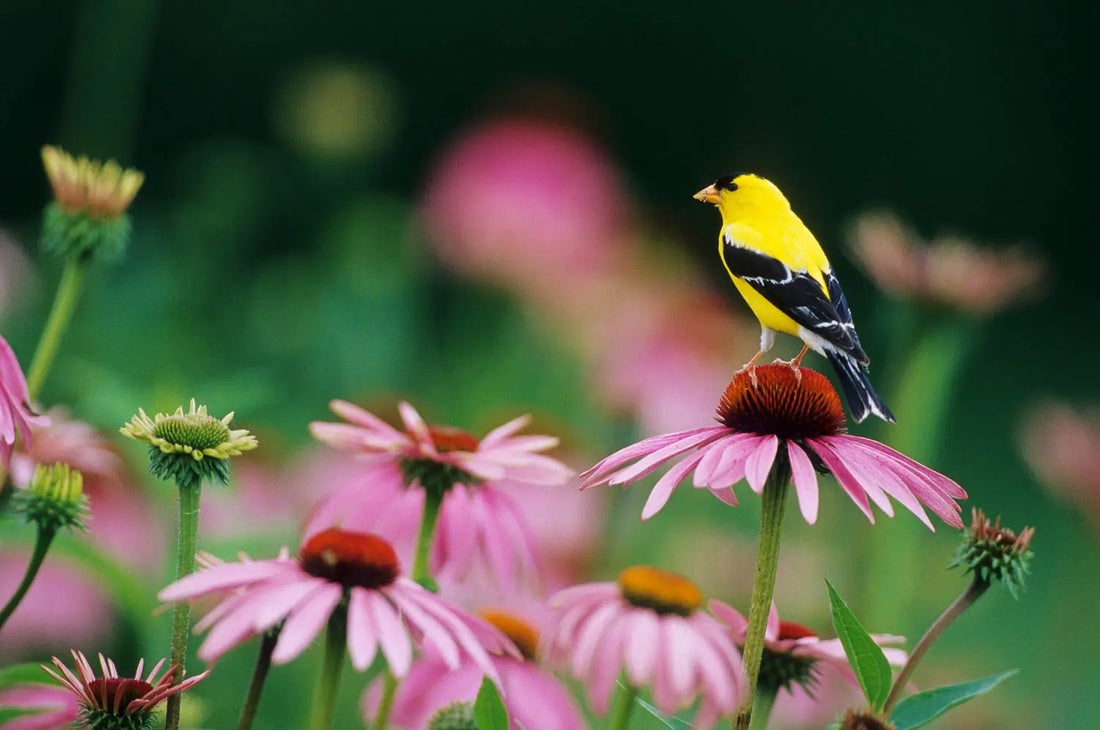
This post contains affiliate links. If you use these links to buy something, we may earn a commission at no additional cost to you. We only recommend products we fully support or use ourselves. Our full disclaimer
PIN THIS FOR LATER
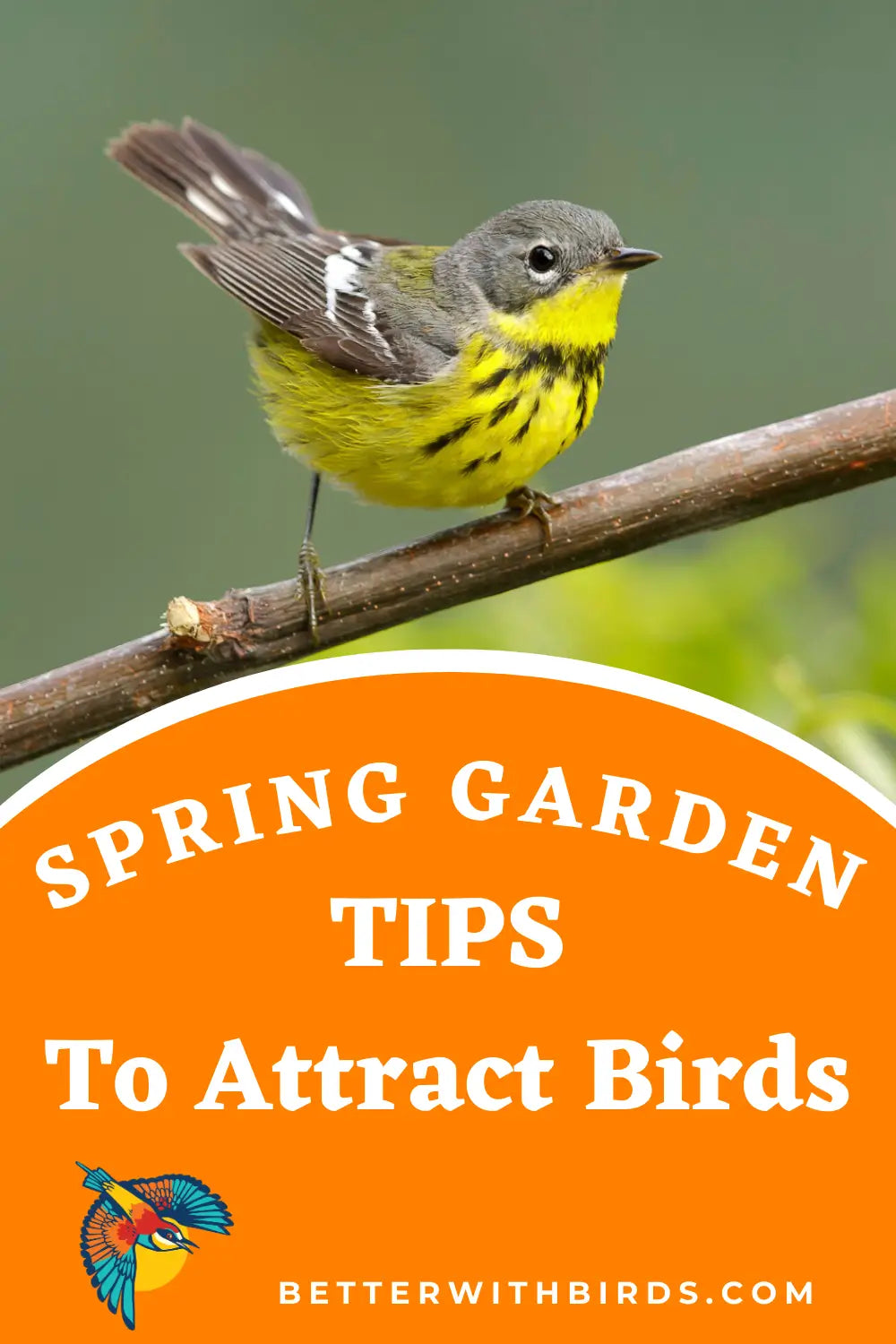
Contents
Spring will be here before we know it with birds making their way back after long migrations. It’s the perfect time to prep your garden, transforming it into a haven that says, “Welcome back, feathered friends! Refreshments and nest materials available upon arrival.”
Here’s how to get your garden in shape to attract and support birds during their busy spring season.
1. Take Inventory
Before early spring hits, take a stroll through yard. Look for areas with mature plants like trees and shrubs—they’re already doing a great job providing shelter and nesting sites for birds. Think about adding native plants, including sowing local flower seeds and vegetable seeds, which are magnets for seed-eating birds and beneficial insects.
For an extra planning boost, sketch out your garden layout (in one of our stylish Better with Birds notebooks, of course). Doing this can help you visualize where feeders, water sources, and nesting boxes could go. This not only maximizes space but ensures you’re covering all the essentials.
This little recon mission will help you understand what you’re working with and what you need to add to make your garden a bird paradise.
Take note of:
- Tall Trees and Dense Bushes: Prime real estate for nesting.
- Open Spaces: Great for ground feeders, but consider adding native shrubs or wildflowers to break things up.
- Potential Nesting Zones: Branches, hollow logs, or even forgotten corners with brush piles.
- Water Sources: Is that old birdbath still standing? Great. But is it clean? Eh, we’ll get to that.
Pro Tip:
Identify which species frequent your yard in spring. Different birds prefer different environments—cardinals love taller, dense shrubs, while bluebirds gravitate toward open spaces.
We give 20% of all shop profits to bird conservation & inclusive birding efforts.
2. Tidy Up!
While winter can leave your yard looking like a bit of a wasteland, don’t go full clean-freak. Birds love a bit of wild chaos—it’s where they find food, shelter, and building materials. A pile of dead leaves and twigs might look like a trash heap to you, but to a bird, it's a treasure chest!
Start by removing obvious hazards like plastic or other trash or anything moldy. Then, focus on the high-traffic areas of your yard. Leave a few natural “messy zones” with leaf litter and old stems for ground-feeding birds and critters. If you’re trimming trees or shrubs, do it strategically. Birds may already be scouting for nesting spots, and a sudden trim could upend their moving plans.
And, stagnant water? Dump it. Tall grass where ticks thrive? Trim it back.
Take note of:
- Twigs and Leaves? Keep ‘em! Birds use these to build nests. Dead leaves also harbor tasty insects for ground-feeding birds.
- Messy Zones = Bird Buffet: Leave a few leaf piles and brushy areas for birds to forage in.
- Trim with Care: If you’re planning to cut back shrubs or trees, do it early—many birds scout nesting spots weeks before they actually lay eggs. Disturbing them mid-construction is, frankly, rude.
- Fledgling Safety: Before mowing large patches of grass, check for fledglings. They leave the nest before mastering flight and need that grass cover for protection.
Pro Tip:
If you see a fledgling on the ground, don’t panic. This is normal. Parent birds are usually nearby, feeding and watching over them. Only intervene if the bird is visibly injured or in immediate danger.

Photo: thejustinmueller / Shutterstock
3. Get Your Plant Game Going
Replace boring turf grass with wildflowers, shrubs, trees, and other plants native to your area. They provide everything birds need: food (in the form of seeds, berries, and tasty insects), shelter, and nesting materials. (Bonus: native plants are usually more drought-tolerant and pest-resistant, so you’ll spend less time watering and more time birdwatching.)
Not sure where to start? Look up a native plant guide for your region. Aim for plants that produce seeds, berries, or nectar at different times, so there’s always something for your avian visitors to snack on.
Don’t forget to think vertically! Birds love layers—low ground cover, shrubs, and taller trees all serve different purposes. And, thorny or dense shrubs, like hawthorn or blackberry, are especially good for providing safe shelter from predators.
Take note of:
- Go Native: Plant wildflowers, berry bushes, and native trees. These plants attract local insects and and also provide seeds and fruit that birds love.
- Think Layers: Birds thrive when your garden has layers—ground cover, shrubs, and taller trees. This diversity offers food, nesting sites, and protection from predators.
- Seasonal Planting: Choose plants that bloom at different times to keep food sources steady year-round.
- Thorny Bushes: Dense, thorny shrubs provide nesting sites that are practically predator-proof.
Pro Tip:
Consider ornamental grasses. Not only do they provide seeds in winter, but they also double as shelter for ground-nesting birds.

Photo: encierro / Shutterstock
4. Give 'em Shelter
In addition to thick shrubs, a variety of trees, and brush piles to provide a protective home for bird visitors, some birds prefer a move-in-ready spot, so install a birdhouse or two...or three. We like this simple option from Sisterbird.
Make sure they’re designed for the species in your area—the size of the entrance hole matters. Place the boxes in quiet, shady spots away from high-traffic areas (birds aren’t fans of nosy neighbors). Secure the box tightly to avoid swinging, and clean it out before the nesting season starts. If you’re feeling crafty, building your own nesting box is a fun weekend project.
Take note of:
- Multi-Species Nesting: Different birds prefer different styles—wrens love simple, small birdhouses, while robins prefer platforms to build on.
- Natural Nesting Zones: Leave sections of your yard with brush piles, fallen logs, or untrimmed grass.
- Predator Protection: Install birdhouses with metal baffles to deter raccoons or snakes from raiding nests.
Pro Tip:
When installing birdhouses, tilt the entrance slightly downward. This helps keep rain from getting inside, preventing soggy nests and unhappy tenants. Additionally, make sure the birdhouse has drainage holes at the bottom and ventilation holes near the top. Birds appreciate good airflow just as much as you enjoy a breeze in the summer!
We give 20% of all shop profits to bird conservation & inclusive birding efforts.
5. Roll Out the Bird Buffet
Fill your feeders with a variety of fresh, high-quality bird feed to attract the widest range of birds. Black-oil sunflower seeds are a staple—they’re nutrient-dense and appeal to almost all seed-eating species. Add nyjer for finches, peanuts for jays, and suet cakes for woodpeckers.
Got hummingbirds in your area? Clean your feeders and stock up on sugar (skip the red dye—it’s so last season). A simple nectar recipe of 4 parts water to 1 part sugar will do the trick, but clean the feeder every 3–5 days to prevent fermentation and even more often, at least every other day once the weather starts warming up.
If you’re catering to ground feeders like doves or sparrows, sprinkle millet or cracked corn in open areas (just make sure your yard is free of feline predators). And, want to go above and beyond? Offer mealworms (dried or live) in a tray feeder—they’re irresistible to robins, chickadees, and wrens.
Take note of:
- Why Variety Matters: Different birds have different dietary preferences. Insectivores (like warblers) may skip feeders in favor of live insects. By planting insect-attracting plants alongside feeders, you cater to more species.
- Layering Feeders: Hang feeders at different heights—tube feeders for finches, suet feeders for woodpeckers, and ground feeders for sparrows. This creates a multi-level buffet that mimics natural feeding behavior.
- Natural Feeding Zones: Leave dead flower heads on plants through fall and winter. Birds like finches and sparrows will happily pick at them for seeds.
- Keep Feeders Clean and Seed Fresh: Moldy or stale food can harm birds, so check regularly and replace as needed. A consistent, well-stocked buffet will keep the regulars coming back and draw in new bird visitors, too.
Pro Tip:
Hummingbirds eat more than just nectar. They consume small insects for protein. Hanging a hummingbird feeder near flowering plants attracts the both nectar and insect-eating species.
6. Hydration is Key
Water is just as important as food, especially during spring when birds are migrating and nesting. If you don’t already have a birdbath, it’s time to add one. Choose a shallow model—no more than 2–3 inches deep—so birds can wade in safely. (We're sucker's for pretty things, and this one sure is pretty.)
If you're going for a spa oasis vibe, add a dripper or fountain to keep the water moving. Birds are attracted to the sound of running water, plus it stays cleaner longer. If you live in a colder area, consider a heated birdbath to prevent freezing. Yes, it's an option, and yes, the birds will thank you.
Don’t forget to clean birdbaths regularly—a dirty birdbath can spread disease. A quick rinse and scrub with water (skip the soap) every few days will keep it sparkling.
Take note of:
- Birdbath Placement: Place birdbaths near shrubs or trees but not directly under them—this offers birds a quick escape route while keeping the water clean.
- Ground-Level Water: Some ground-feeding birds, like robins and sparrows, prefer shallow puddles. Consider adding a low, wide dish near brush piles or beneath bushes.
- DIY Water Features: If space allows, a small garden pond with shallow edges can double as a water source and attract dragonflies (which also eat mosquitoes).
Pro Tip:
Adding flat stones inside your birdbath provides safe perches for smaller birds and butterflies.

Photo: Steve Cymro / Shutterstock
7. Avoid Pesticides
Pesticides might seem like a quick fix for garden pests, but they can do more harm than good. They harm birds, beneficial insects, and other wildlife, and throw your garden’s ecosystem out of whack.
Instead, go for natural pest control methods. Attract beneficial insects like ladybugs and lacewings—they’re nature’s pest control squad. Companion planting is another great strategy: marigolds deter aphids, while dill and parsley attract helpful bugs.
For weeds, try mulching or good old-fashioned hand-weeding. It’s a bit more work, but it’s worth it to keep your garden safe for birds and other critters.
Take note of:
- Why It Matters for Birds: Many birds, especially during nesting season, rely on insects to feed their young. By removing pesticides from your garden, you preserve the insect population—critical for species like wrens, bluebirds, and chickadees.
- Caterpillars = Baby Bird Food: Caterpillars are a major food source for fledglings. Allowing milkweed and native host plants to grow ensures a steady supply of insects.
- Birds Can Help: Introduce birds as pest controllers—purple martins and swallows are excellent mosquito hunters.
Pro Tip:
Letting nature handle pest control reduces the risk of secondary poisoning, which occurs when birds eat insects exposed to pesticides.
We give 20% of all shop profits to bird conservation & inclusive birding efforts.
8. Keep an Eye on Cats
As much as we love our fluffy feline overlords, cats are one of the biggest threats to backyard birds. In the U.S. alone, outdoor cats kill an estimated 2.4 billion birds each year. Yes, billion.
The best solution? Keep cats indoors or, if they go outside, use a leash or provide them a secure “catio” to enjoy the outdoors while keeping birds safe. Your local bird population will breathe a collective sigh of relief.
Take note of:
- Bell Collars Aren’t Enough: Despite the common myth, a bell on your cat won’t fully protect birds. Cats are stealthy hunters, and many birds don’t associate bell sounds with danger.
- Secure Nesting Areas: Place bird feeders and birdhouses at least 10–12 feet from dense shrubs or fences where cats could hide and ambush.
- Motion Deterrents: Install motion-activated sprinklers or lights to startle cats and discourage them from stalking birds in your garden.
Pro Tip:
Even if your household is feline-free, your neighbors' houses may not be. Don't assume birds are safe from cats just because no cats live with you.

Photo: Melody Mellinger / Shutterstock
9. Track Your Visitors!
And, our favorite part: backyard birdwatching! Once your yard is ready, grab a pair of binoculars and start tracking who shows up! Keep a notebook or use a birding app to record your sightings. Note the species, the time of day, and any interesting behaviors you observe.
Want to go high-tech? Set up a bird feeder camera to capture candid bird moments. Who knows? You might spot a rare species or discover an unexpected bird drama unfolding in your yard.
For an extra feel-good bonus, consider sharing your sightings with citizen science projects like eBird or Project FeederWatch. You’ll contribute valuable data to bird conservation efforts. You can also check out Cornell Lab of Ornithology’s BirdCast tool. It lets you check bird migration forecasts in real time.
Pro Tip:
Trail cameras placed near feeders can capture close-up shots of nighttime visitors, like owls or nocturnal songbirds passing through.
A Note on Fledgling Safety
Spring isn’t just about attracting birds—it’s also about keeping their chicks safe once they hatch. Fledglings (baby birds that have left the nest but can’t fly well yet) are especially vulnerable.
- Skip the Mowing: Fledglings often hide in tall grass. Delay mowing until they’re more mobile.
- Create Brush Piles: Stack branches and leaves to give fledglings safe hiding spots from predators.
- Know When to Step In: If you see a fledgling on the ground, don’t immediately assume it needs help. Parent birds are likely nearby, still feeding and watching over them. Only intervene if the fledgling is visibly injured or in danger from pets or cars.
Your Bird Oasis Awaits!
With a bit of effort, your garden can go from bleak winter wasteland to a springtime paradise that birds can’t resist. Native flowers and other plants not only enhance the garden's aesthetics but also attract birds with their vibrant colors and ease of maintenance. Plus, selfishly, you’ll love the sight and sound of these backyard birds flitting about.
So grab your gardening gloves, prep those feeders, and get ready for a spring full of bird drama, aerial acrobatics, and maybe even some unexpected guests.
Because if your garden doesn’t say “Welcome, birds,” what’s even the point of spring, amirite?
